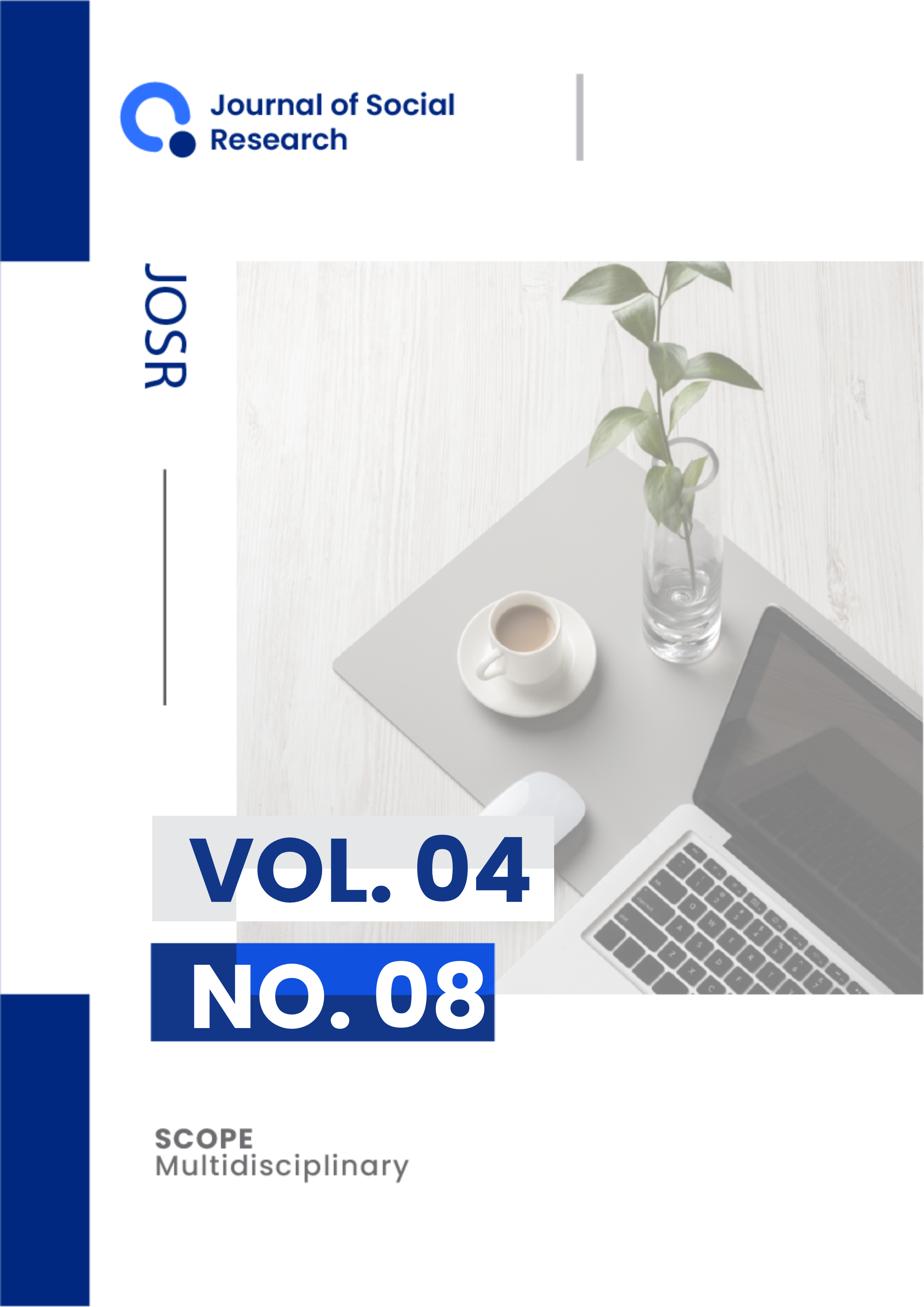Identification of Coastal Seawater Intrusion in North Java Using Vertical Electrical Sounding (VES): A Case Study of Suradadi District, Tegal, Central Java
DOI:
https://doi.org/10.55324/josr.v4i7.2675Keywords:
Coastal, Seawater Intrusion, Tegal, Vertical Electrical SoundingAbstract
Suradadi District is one of the districts in Tegal Regency, located in the Pantura (North Coast) area of Java. The availability of clean water is a significant issue in coastal regions, as wells that have been dug often yield brackish to saline water. The objective of this study is to identify the distribution of seawater intrusion in the coastal area of Suradadi District, Tegal Regency. The method employed is the Vertical Electrical Sounding (VES) geoelectrical method at five measurement points, each spaced approximately 600 meters apart. Data acquisition was carried out at five parallel lines, with point spacing ranging from 300 to 1000 meters. Seawater intrusion in the study area is widespread, extending up to approximately ±2300 meters inland from the coastline. Intrusion was identified at depth intervals as follows: point 1 at depths of 0.5–27 meters, point 2 at 1–27 meters, point 3 at 3.5–13 meters, point 4 at 10–14 meters, and point 5 at 14–17 meters. The extent of intrusion in this area is primarily attributed to the lithological composition, which is dominated by alluvial deposits consisting of sand, silt, and clay.
Downloads
Published
Issue
Section
License
Copyright (c) 2025 Yustisio Dianwiyono, Azriel Ihza Putra Augustria, Dhiyatamma Purusa Wiradityo, Bayu Majid Destianto, Nur Ahmad Roihan

This work is licensed under a Creative Commons Attribution-ShareAlike 4.0 International License.

This work is licensed under a Creative Commons Attribution-ShareAlike 4.0 International.
Authors who publish with this journal agree to the following terms:
- Authors retain copyright and grant the journal right of first publication with the work simultaneously licensed under a Creative Commons Attribution-ShareAlike 4.0 International (CC-BY-SA). that allows others to share the work with an acknowledgement of the work's authorship and initial publication in this journal.
- Authors are able to enter into separate, additional contractual arrangements for the non-exclusive distribution of the journal's published version of the work (e.g., post it to an institutional repository or publish it in a book), with an acknowledgement of its initial publication in this journal.
- Authors are permitted and encouraged to post their work online (e.g., in institutional repositories or on their website) prior to and during the submission process, as it can lead to productive exchanges, as well as earlier and greater citation of published work.








